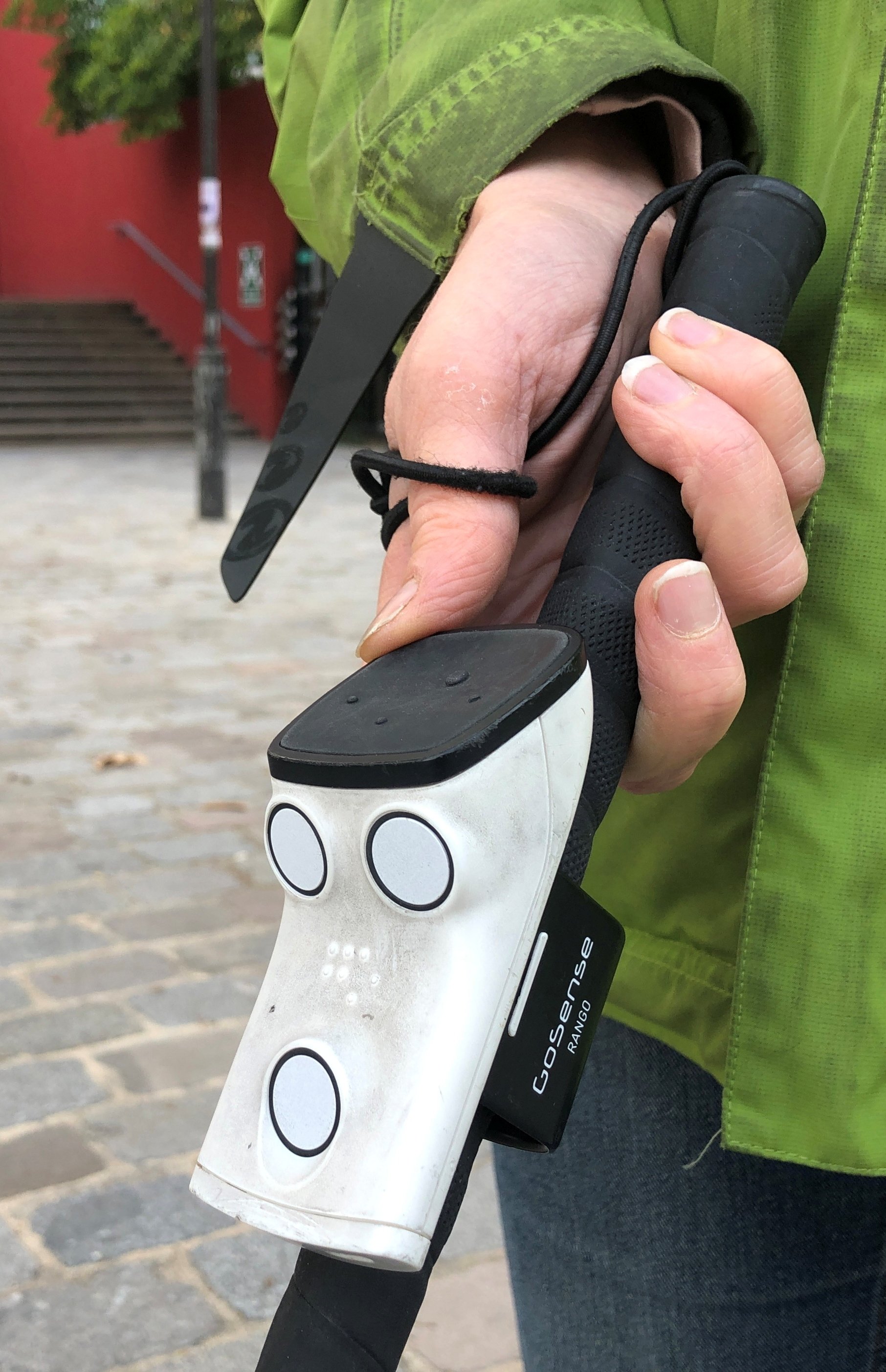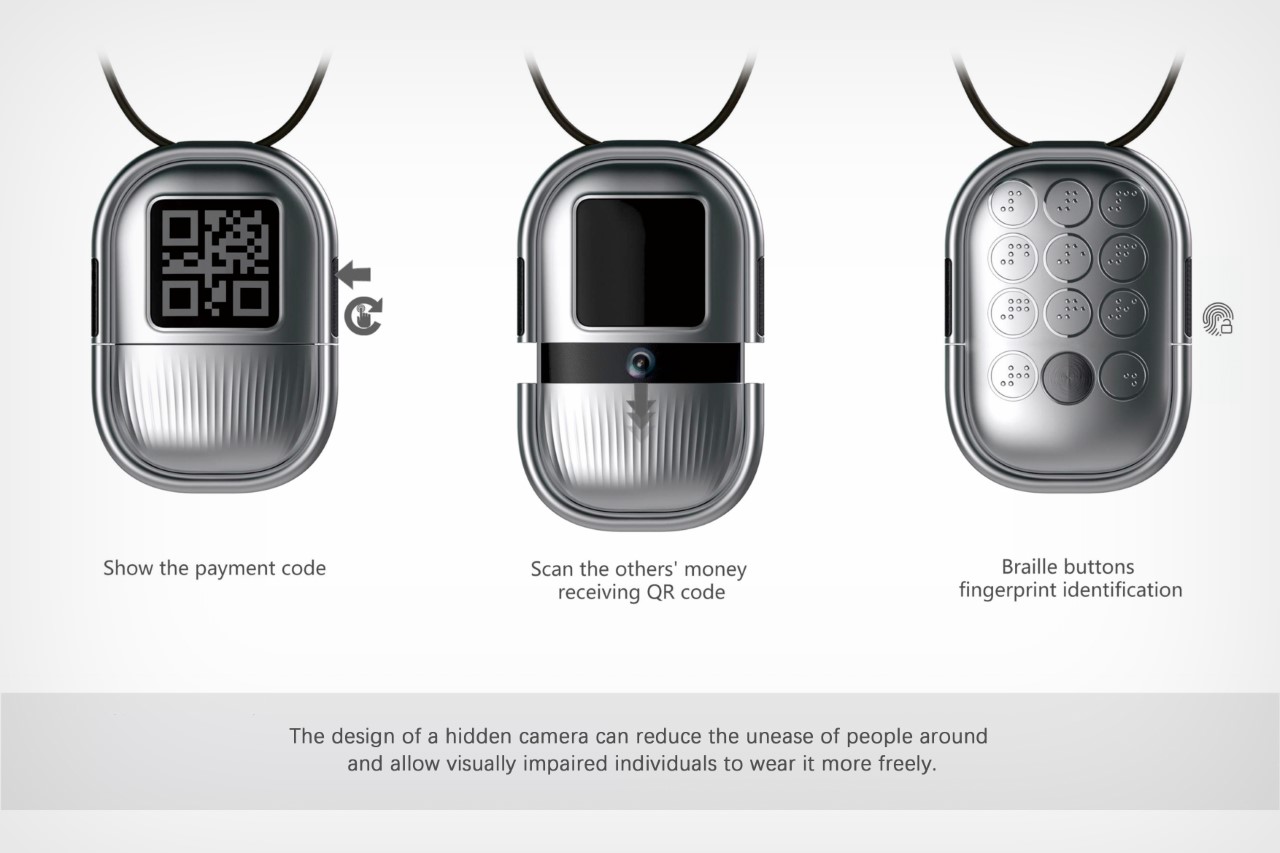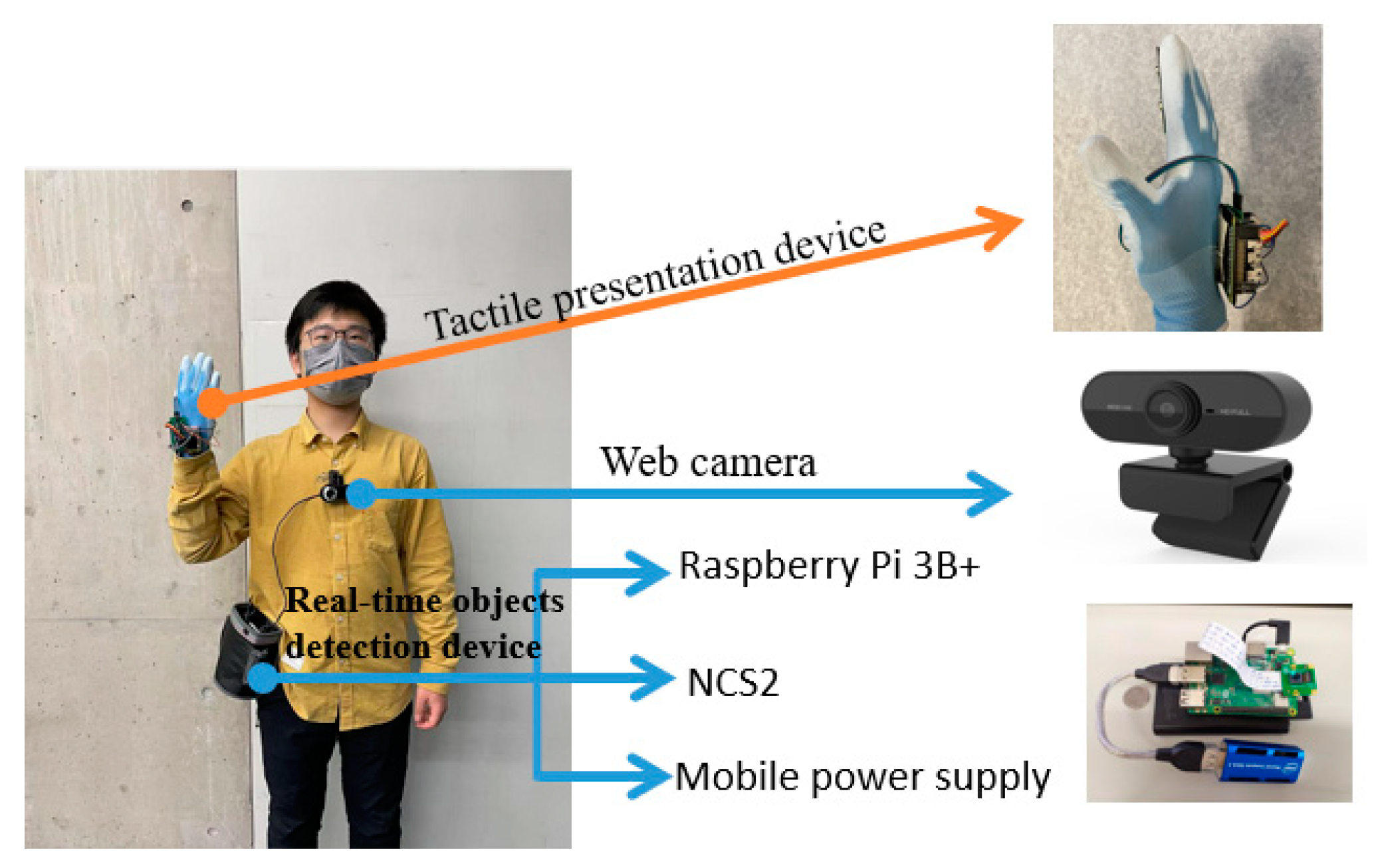Speech-to-Text Devices for Low Vision: Narrowing the Communication Gap
Discover Innovative Devices Made for the Visually Impaired
The advancement of ingenious devices for the visually impaired represents a considerable advancement in accessibility and self-reliance. Technologies such as wise glasses with AI capacities and mobile applications created to provide auditory descriptions are reshaping everyday experiences for individuals.
Smart Glasses for Navigation

Smart glasses designed for navigating are revolutionizing the way aesthetically damaged individuals connect with their setting. These sophisticated gadgets make use of a mix of electronic camera technology, expert system, and auditory feedback to provide real-time info regarding surroundings. By using obstacle discovery systems, clever glasses can signal individuals to potential risks, enabling safer movement in both strange and acquainted settings.
The integration of GPS innovation further improves navigation capabilities, permitting individuals to get acoustic directions as they relocate. This hands-free approach not only promotes independence yet also empowers aesthetically damaged people to browse metropolitan landscapes with enhanced self-confidence. Furthermore, numerous clever glasses are furnished with features that identify landmarks and road indicators, supplying contextual details that improves the user experience.
Additionally, the growth of these tools is continually advancing, with business working to improve the accuracy of object acknowledgment and increase the range of navigational attributes. As wise glasses become more easily accessible and affordable, they hold the potential to substantially transform everyday life for aesthetically impaired users. Inevitably, these ingenious devices represent a critical action towards inclusivity, offering improved mobility and a better sense of freedom for people browsing the globe around them.

Mobile Apps for Daily Living
Exactly how can mobile applications enhance the day-to-day lives of aesthetically damaged people? Mobile applications are revolutionizing the means visually damaged customers browse their settings, handle day-to-day jobs, and gain access to info. These applications supply important assistance via various performances, promoting independence and boosting lifestyle.
Numerous cutting-edge mobile applications are developed particularly for day-to-day living. Applications like Be My Eyes link visually impaired individuals with sighted volunteers by means of video phone calls, allowing them to get real-time support with jobs such as checking out labels or browsing strange areas. Similarly, Seeing AI, established by Microsoft, makes use of expert system to describe environments, checked out message, and recognize items, effectively transforming a smart device right into a powerful device for day-to-day assistance.
Additionally, navigation apps customized for the aesthetically damaged, such as Aira and BlindSquare, offer audio-based directions and environmental details, making it possible for customers to traverse their surroundings safely and with confidence. Past navigating and immediate support, mobile apps likewise support company and job monitoring, with features that assist individuals set reminders, develop order of business, and track appointments. In summary, mobile applications act as essential resources, empowering aesthetically impaired people to lead even more independent and fulfilling lives.
Wearable Technologies for Help
Empowerment with modern technology is progressively apparent in the world of wearable gadgets developed to aid aesthetically impaired people. These innovative tools integrate perfectly right into day-to-day life, boosting navigating and offering important feedback to individuals. Wise glasses equipped with cameras can acknowledge faces and review text out eye checkup near me loud, permitting individuals to communicate even more with confidence in social and specialist setups.
An additional significant development is the use of haptic comments systems in wearable devices. These systems use resonances or other tactile signals to convey information concerning the customer's atmosphere, such as challenges or modifications in surface, improving flexibility and safety and security. Wearable technologies additionally include wristbands that attach to mobile phones, notifying users to alerts via subtle vibrations, hence improving connection without dependence on visual cues.
As these technologies proceed to develop, they are not only improving independence for aesthetically impaired individuals yet also promoting a better sense of inclusion in culture. By bridging the space in between obstacles faced in day-to-day living and the potential for freedom, wearable technologies function as crucial devices in the pursuit for equal rights and empowerment for those with visual disabilities.
Sound Description Devices
Sound description devices play a crucial duty in boosting access for visually damaged people, providing them with the capability to involve with aesthetic media. OCR devices for the blind. These tools supply narrated summaries of essential aesthetic components in movies, tv programs, and live performances, making read more certain that users can fully understand the context and emotions shared with visuals
Sound description can be integrated right into numerous platforms, including streaming solutions, cinema testings, and live cinema. Several preferred streaming services currently consist of audio summary as an ease of access attribute, permitting visitors to select it quickly. In addition to conventional media, specialized apps additionally exist, supplying audio descriptions for art exhibits, galleries, and other social events.
The performance of audio summary hinges on the ability of the narrators, that need to share visual information succinctly without detracting from the initial audio. Advancements in this area are additionally leading the way for even more personalized check my site experiences, where users can adjust the level of information and pacing according to their choices.
Braille Innovations and Tools
Braille technologies and gadgets have actually dramatically transformed the means visually impaired individuals engage with text and information. Modern developments have led to the growth of flexible devices that boost literacy and self-reliance amongst users.
Furthermore, mobile Braille notetakers combine standard Braille input with contemporary performances, promoting note-taking, scheduling, and document modifying on the move. AI-powered visual aids. These compact tools usually feature text-to-speech capacities, bridging the void in between Braille and acoustic info
Furthermore, innovative Braille printers have actually arised, allowing individuals to produce Braille tags, papers, and instructional products efficiently. This access promotes higher involvement in specialist and educational settings, eventually advertising inclusivity.
Additionally, study right into clever Braille modern technologies continues to broaden. Tools that integrate expert system are being explored to give real-time navigation help and contextual information, enhancing the user experience in varied settings. In general, these technologies reflect a dedication to equipping aesthetically impaired people through innovation, ensuring they can conveniently gain access to and engage with the globe around them.

Conclusion
The advancement of ingenious devices for the visually impaired considerably improves independence and quality of life. These innovations not only foster better incorporation but likewise promote autonomy in daily tasks, eventually adding to an extra fair and obtainable society for aesthetically damaged individuals.
As wise glasses end up being much more available and budget-friendly, they hold the possible to substantially change daily life for visually damaged users. Mobile applications are reinventing the way visually damaged individuals navigate their environments, handle day-to-day tasks, and gain access to info. Apps like Be My Eyes connect visually impaired users with sighted volunteers using video telephone calls, permitting them to receive real-time support with tasks such as reviewing labels or navigating unfamiliar rooms.In addition, navigating apps customized for the aesthetically damaged, such as Aira and BlindSquare, offer audio-based directions and environmental details, enabling customers to traverse their environments securely and confidently.The improvement of cutting-edge devices for the aesthetically impaired considerably improves self-reliance and top quality of life.